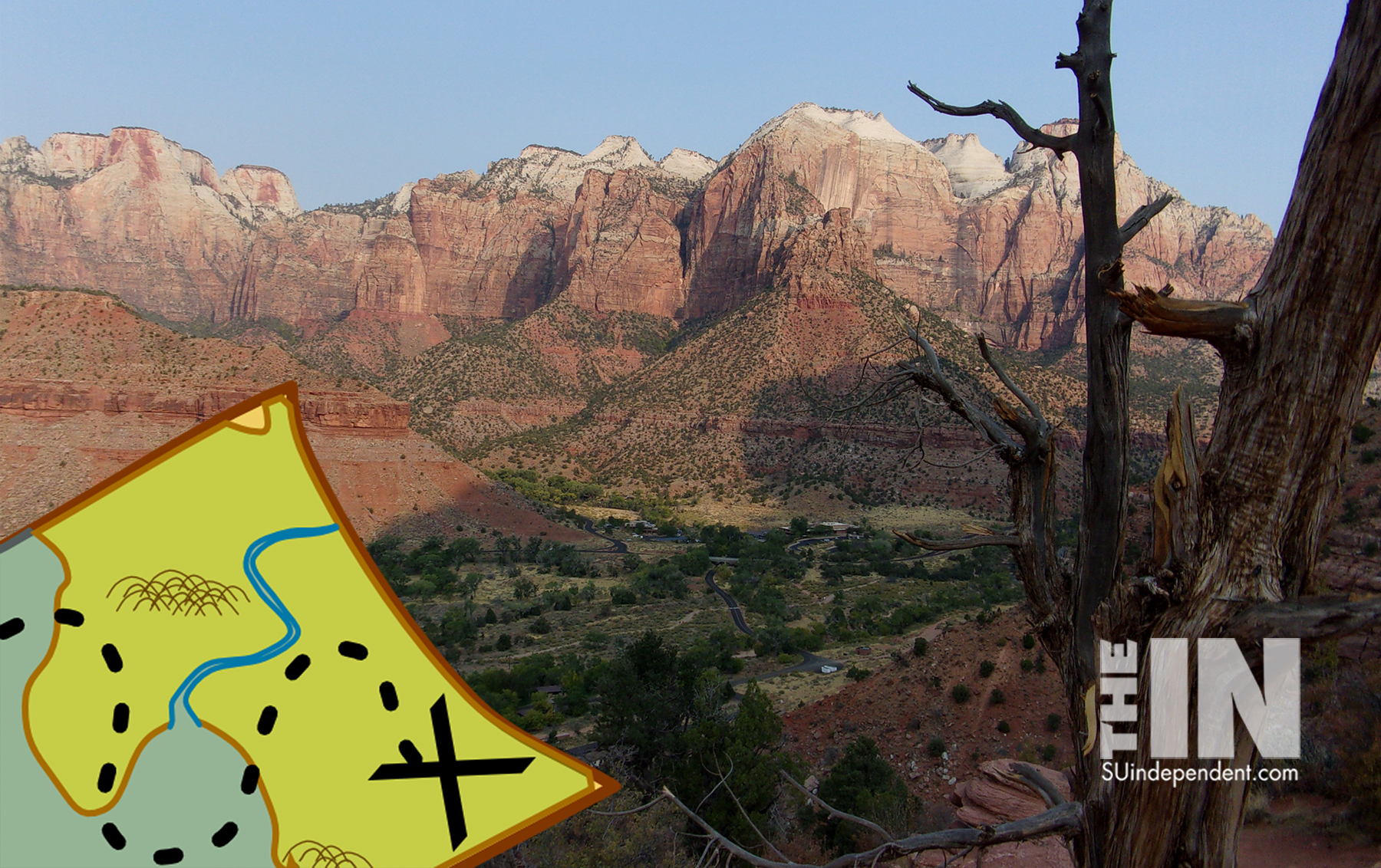
That’s the question golf professionals and general managers are asking themselves every day behind closed doors and shareholder meetings. Younger players and women are not taking up the game like they did just a decade ago. Caucasian baby boomers at least 50 years old and with a bit more cash make up a majority of who’s still active in the game. I believe it boils down to three reasons why the game is not flourishing.
First, time is a much more precious commodity these days. Gone are the days of cocktail lunches and sales junkets that included recreational activities like 18 holes of golf with fellow employees and clients. They’ve been replaced with number-crunching analytical seminars. Personal time off is no longer about recharging your cylinders with your buds for 4–5 hours on a Saturday and more about managing your “honey do” list, mainly because mom has a 9–5 job, too. That leaves only the weekend to get things done.
Play nine holes, offer kids under 16 free twilight golf so that dad or mom can accomplish part of the “honey do” list. Make networking golf tournaments an annual event, and include a golf event in your next sales junket.
Secondly, it’s too expensive. That’s kind of untrue. Golf has always been an elitist and expensive sport. Go back to the 1600s when a single golf ball — or featherie, as it was known then — cost the equivalent of $14. Even a well-paid doctor in 1700 made less than $100 a year! We’ve had several recessions in the last 20 years that have compounded the issue. Families are being forced to work not one but two jobs to get by. Thinking about taking a whole day off to play golf for more than $100 seems less and less doable, especially if you bring your spouse and children.
Purchase a local discount card and/or loyalty card. Take advantage of twilight rates, and seek out lower rates online at Teeoff.com and golfnow.com. Many more exist. Go online and search before your travel. Join a league. Many offer deep discounts for loyal players.
The final obstacle is difficulty: It takes too long to get good enough to enjoy the game. That’s true in many ways, and I believe it’s because local pros no longer spend a majority of their time teaching fundamentals and promoting a social atmosphere on the driving range and course. Golf course professionals need to be the social connection to their members and guests, a social butterfly who gets to know everyone who plays there on a regular basis and assists them with a golf tip from time to time on the range, not just when players are paying $40 an hour or more for a lesson. The goal should be to connect one-on-one with the players and beginners to help them learn to appreciate this life-long, worthwhile game.
Get to know your course professional. Take group lessons on the basics first. This process is not going to happen overnight. It takes time and countless repetition of a complex movement to master it. Sign up for those group events. Make it more social then technical. It’s not always about winning but more about giving and receiving praises. Who likes getting an “at-a-boy?” It’s even more fun giving one!
Way back, you had big stars coming on the scene, like Francis Ouimet who mesmerized the country in 1913 with the stunning upset of Ted Ray and Harry Vardon. “The Greatest Game Ever Played” is still one of my favorite movies. During that time, the number of USGA-affiliated clubs rose from 267 in 1910 to more than 1,100 in 1932.
Arnold Palmer and Jack Nicklaus added to the momentum in the 1960s with huge victories and stunning defeats. The Tiger era had a similarly huge impact on golf’s popularity and growth. Now we’re hoping for golf’s next big names. Rory Mcilroy was well on his way. Jordan Spieth and Jason Day too have shown great promise in building that center stage for big drama and incredible shots. Let’s cross our fingers and hope these guys continue to perform and build audiences. Golf needs it, and we who want to be better golfers need it to stay focused on improving our own games. It grows for all of us by inviting our friends and family members and introducing our grandchildren to this great game. It’s a social, intellectual, frustrating, and blessed game that never forgives mistakes but always delivers joy for good shots. I’d like to extend a big “thank you” to the superintendents, golf professionals, and purveyors of the game. I truly appreciate your efforts and want you to know that this column is devoted to promoting and growing the game of golf. See ya on the links.







Too bad there is no mention of how much water golf courses use in our arid, desert community that is now faced with the challenging decision of building a multi-billion dollar Lake Powell Pipeline to help support an industry that is questionable at best in our area and certainly should not be expanded. Information I’ve read in the past indicates that it takes anywhere from 900 to 1,000 acre feet of water for a golf course to adequately meet its needs. Our area uses secondary water for courses “sometimes” and culinary (drinking) water at other times. Secondary water could be treated to culinary level to support humans and sustain our growth. What’s needed is insightful thinking and planning for our area’s important water resources and what’s “best use” of that resource.
Thanks for the comments. Water is a big issue with desert golf course management. It’s always been amazing to me where does the water come from around these parts? Check out my story from last year about that subject. Go to: http://suindependent.com/southern-utah-mesquite-golf-course-water/
We’ve had many related stories about the Lake Powell pipeline. Search those as well and thank you for reading The Independent. 🙂